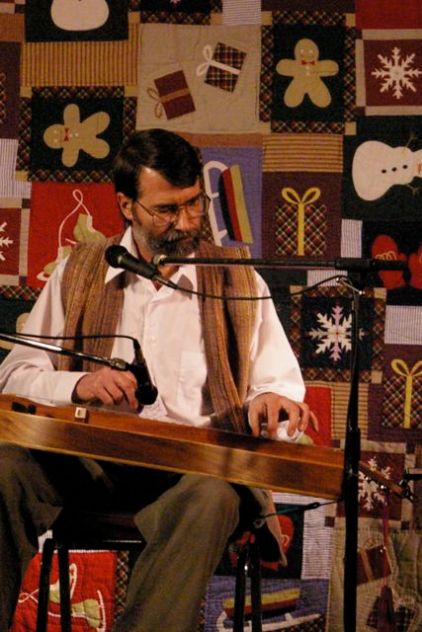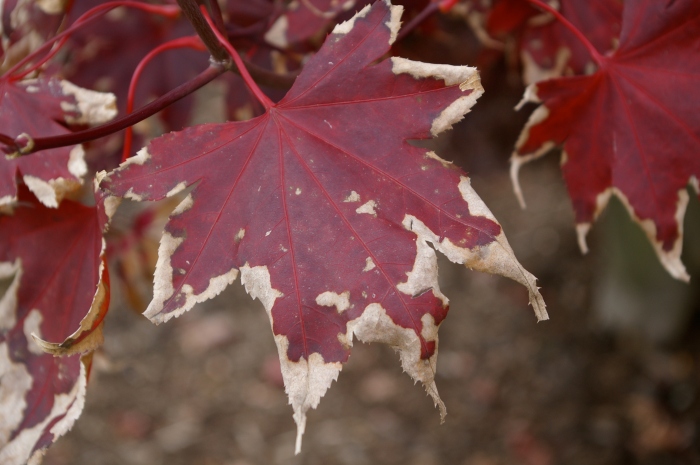
Last spring I burned an American Flag.
I’d found it behind one of our raised beds while I was cleaning it out to make ready for planting the vegetables. It had apparently blown there some time the previous year and was mostly hidden in the grass that the mower won’t quite reach at the base of the garden bed.
It was a small flag, the type one might have bought at a department store with a package of Independence Day decorations. The red stripes had faded to the point that they were nearly gray, and at one of the points where it had been stapled to a stick there was a rip extending into the star-field. It was maybe six by nine inches, as I recall.
I could have just put it in the trash with the rest of the debris I’d raked up, but that wouldn’t have been respectful. I’d learned in Boy Scouts, back when the continents were closer together, that the proper way to dispose of a worn-out flag is to burn it.
I had to clean out my little stainless steel fire pit to do that, a chore I hadn’t counted on doing that day. It took a little bit to locate enough dry twigs to do the job, but I managed to find some in the wood pile we use for our occasional backyard fires, that were dry enough. Getting the fire going took some time too, but I didn’t want to use charcoal lighter to do it. Somehow that didn’t seem respectful either.
When the fire was going well I draped the little, worn-out flag on top, jerking my hand back, having singed some hair on it in the process. For a moment I thought the flag might damp out the fire, but then it caught again as the flames consumed the cloth. I stood by the fire until it burned out, which wasn’t all that long. I hadn’t built a large fire. The cloth must have been nylon, or something similar, because it shriveled and melted into a black lump, rather than burned.
That done, I went back to my garden work.
I don’t consider myself a particularly “patriotic” person. I don’t make a big display on Independence Day, and I was never in the military service. (I flunked the physical for ROTC.) I did work for the Air Force for more than thirty years as a civilian engineer.
Symbols have a significance over and above their physical manifestation. Flags of every country represent the ideals of their respective nations. I’d have treated a Canadian flag the same way, for example. It’s a matter of respect.
The American flag I burned was just a little piece of cloth of no intrinsic value. It represents, however, a great ideal put forth in the constitution of the United states, one for which millions have fought and died to achieve, and then to defend. That’s what I was respecting when I burned that flag, not some little piece of printed nylon cloth.
Flag burning has come up in the news again as I write this, something that seems to happen periodically. Those who burn flags to make a political statement do so at the risk of having the substance of their protest overshadowed by their chosen means of expression, in my opinion, and therefore are not effective advocates for their cause.
And yet, one of the core principles enshrined in the constitution is freedom of speech, which has over and over again been interpreted as freedom of expression by whatever means. Even though I may feel that flag-burning as protest is less effective at conveying a point than other methods, a person’s right to make a statement in that way is a constitutionally protected freedom of expression.
Those who would call for imprisoning ones who burn the flag in protest are suggesting that a person who expresses an opinion they don’t like should be jailed. This is by far the greater desecration to what our flag represents. I cannot believe that our Founding Fathers would countenance such a proposal, and the decision of many Supreme Court justices supports me in this, including an opinion by the very conservative Justice Antonin Scalia.
The proper method of disposing of a worn flag is by burning. If one would jail a person for burning a flag for a reason they don’t happen to approve of, then they are proposing that people should be jailed for expressing a belief.
That is NOT what our constitution is about.
That is NOT what patriots should support.


 There’s a place I know near Black Hand Gorge, west of Nashport, Ohio. You pull off the road and into a parking lot by a public hunting area, walk down the path into the woods, take the first fork to the left to a little woodland pond surrounded by pine, maple, and oak trees. It’s a big enough pond that it has fish, though mostly the blue-gills there are small.
There’s a place I know near Black Hand Gorge, west of Nashport, Ohio. You pull off the road and into a parking lot by a public hunting area, walk down the path into the woods, take the first fork to the left to a little woodland pond surrounded by pine, maple, and oak trees. It’s a big enough pond that it has fish, though mostly the blue-gills there are small.
 So, Mother’s day has passed, and where I was the weather cooperated beautifully. My wife and I went to my son’s house, and he grilled hamburgers and hotdogs for lunch. My daughter-in-law had a “Mom off duty” button pinned to her shirt, and some of the time she even tried to take it seriously. I tried playing at soccer in the back yard with my son and grandson, and no one got hurt too bad. I noted a bruise on my calf the next day that I didn’t recall previously.
So, Mother’s day has passed, and where I was the weather cooperated beautifully. My wife and I went to my son’s house, and he grilled hamburgers and hotdogs for lunch. My daughter-in-law had a “Mom off duty” button pinned to her shirt, and some of the time she even tried to take it seriously. I tried playing at soccer in the back yard with my son and grandson, and no one got hurt too bad. I noted a bruise on my calf the next day that I didn’t recall previously.